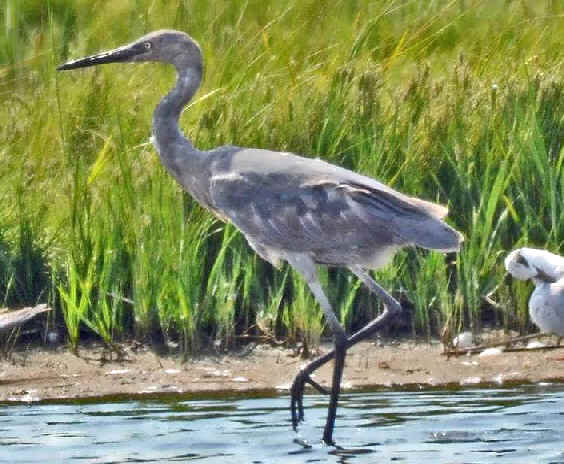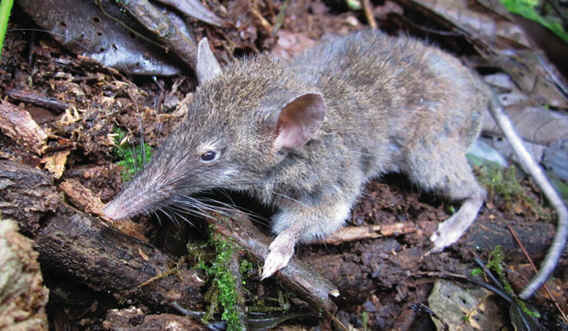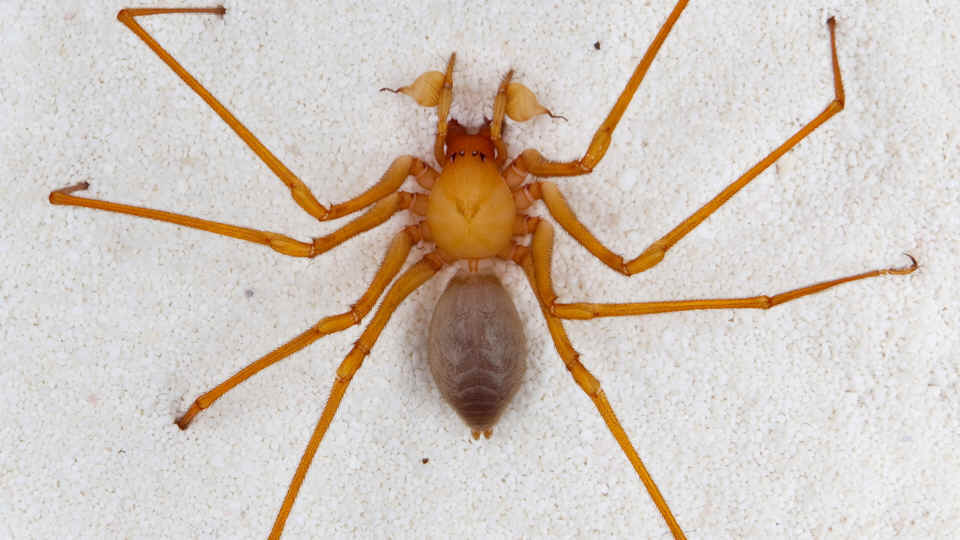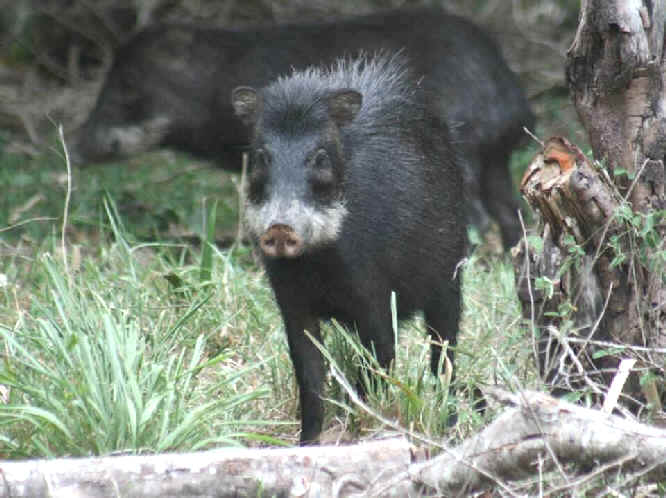 |
PO Box
9021, Wilmington, DE 19809, USA E-mail: font@focusonnature.com Phone: Toll-free in USA 1-888-721-3555 or 302/529-1876 |
 |
PO Box
9021, Wilmington, DE 19809, USA E-mail: font@focusonnature.com Phone: Toll-free in USA 1-888-721-3555 or 302/529-1876 |
Bye Bye
Booby, another Godwit gone, and much more that's been around
Armas Hill has presented the "Birdline", originally from
Philadelphia, on the phone and internet for over 3 decades, and on the radio
in Delaware for about 10 years.
Links:
A
List & Photo Gallery of North American Birds, in 6 Parts
A List & Photo Gallery of North American Mammals
A Chronological List of Upcoming FONT Tours Other Birdlines/Naturelines

This juvenile dark-morph
Reddish Egret in New Jersey
at the Brigantine (or Forsythe) National Wildlife Refuge on August 23,
2012,
the second time for the species in the state.
(photograph by Howard Eskin)

This newly-described rodent on the island of Sulawesi in Indonesia,
PAUCIDENTOMYS VERMIDAX,
a rodent that can not chew.
PAUDIDENTOMYS = few-toothed mouse, VERMIDAX = worm-devourer

This newly-described
spider in Oregon,
the TROGLORAPTOR, or "cave robber"

And the White-lipped Peccary,
a mammal that has been seen
during FONT tours in Brazil.
(Jerry, from Arizona, just reminded
us
that we saw this animal when we were there.)
The
Birdline & Natureline for August 24, 2012:
Butterflies of Eastern North America
On August 12, at Cape May Point, New Jersey, a single GIANT
SWALLOWTAIL was seen & photographed. That species is not often found
there. There were single sightings in 2008, 2009, & 2011. None in
2010. And now, one in 2012.
Now, the things "new":
It took 10 years to do, but the word has just come out
that 10 new species of OWLS have recently been described in Philippines.
Ornithologists, zoologists, and others from Birdlife
International and Michigan State University used museum samples
and high-quality photographs and recordings to determine their
findings.
8 of the 10 "new species" were previously considered
subspecies. But two were truly new: the CEBU HAWK-OWL, and the
CARNIGUIN HAWK-OWL.
Only one CEBU HAWK-OWL was sighted. But overall, it was the
recording of the OWLS that was the clincher. According to one of
the zoologists, "When we first heard the songs of both of the
owls, we were amazed because they were so distinctly different causing
us to realize that they were new species".
As an aside: there are 7,000 islands in the Philippine
archipelago with a diverse assortment of nature found
already, and with even more, possibly, yet to be.
In Indonesia, word has just come of a newly-discovered RODENT, that
has only two teeth. On the island of Sulawesi, it is PAUCIDENTOMYS
VERMIDAX.
Unlike the other 2,000 known species of rodents in the world, this one
lacks cheek teeth, which makes it impossible for it to chew on its
food. So, if it doesn't gnaw on nuts and seeds, what does it
eat?
Stomach contents from a single specimen indicate that it only
consumes EARTHWORMS.
it was found to be in forest on only two mountains, and researchers
determined that the new species was unique enough to warrant its
own genus: PAUCIDENTOMYS which means "few-toothed mouse". The
name of the species, VERMIDAX, translates to
"worm-devourer".
Last month, word came that another new Indonesian species of RODENT
was described, the CHRISTINE'S MARGARETA RAT. Found in the Mekongga
Mountains, MARGARETAMYS CHRISTINE is only the fourth in that
genus, all of which occur on the island of Sulawesi.
That island, Sulawesi, is truly a place with odd creatures.
Also:
the BABIRUSA, a pig-like mammal with tusks that puncture their
snouts,
the MALEO, a ground bird that lays its eggs in geothermal heated sand,
and the ANOA, the world's smallest wild cattle.
Now, to the United States, where the first new family of SPIDERS in
North America since 1870 has been found by amateur cave explorers, or
spelunkers, in southern Oregon.
It is named for its raptor-like claws, the never-before-seen creature
is being called TROGLORAPTOR, or "cave robber".
The discovery was not just of a new species and genus, but a new
family, the first such new family found in 140 years.
The spider, by the way, is 4 centimeters wide, about the size of a US
half-dollar coin.
Its complete name is TROGORAPTOR MARCHINGTONI, named after the
Deschutes County sheriff's deputy who led the explorers to the cave.
While new creatures are being discovered, we also learned, conversely, this
past week that in another part of the world, Brazil, wildlife is
vanishing at a "staggering rate".
A recent news report, on August 14, 2012, has stated, from
an academic study, that animals living in patches of Brazilian
rainforest cut off from bigger expanses of jungle, by roads and farms,
have been dying off at a faster pace than previously thought.
It has been found that in forest patches, ranging up to
12,000 acres, that on average only 4 of 18 expected mammal species
have been found. Bad news. WHITE-LIPPED PECCARIES have been completely
wiped out from the forest patches, and JAGUARS, TAPIRS, various
MONKEYS, and GIANT ANTEATERS has virtually disappeared from such
places.
Not that a month, or a couple months, is relevant as to the
above, but within the next few months there are FONT tours to
Brazil,
where we do expect to see good wildlife, including many birds, and hopefully
JAGUARS and other animals. And to go to an active HARPY EAGLE
NEST. There's info, about the tours, and the Brazilian wildlife
in the Focus On Nature Tours website:
www.focusonnature.com